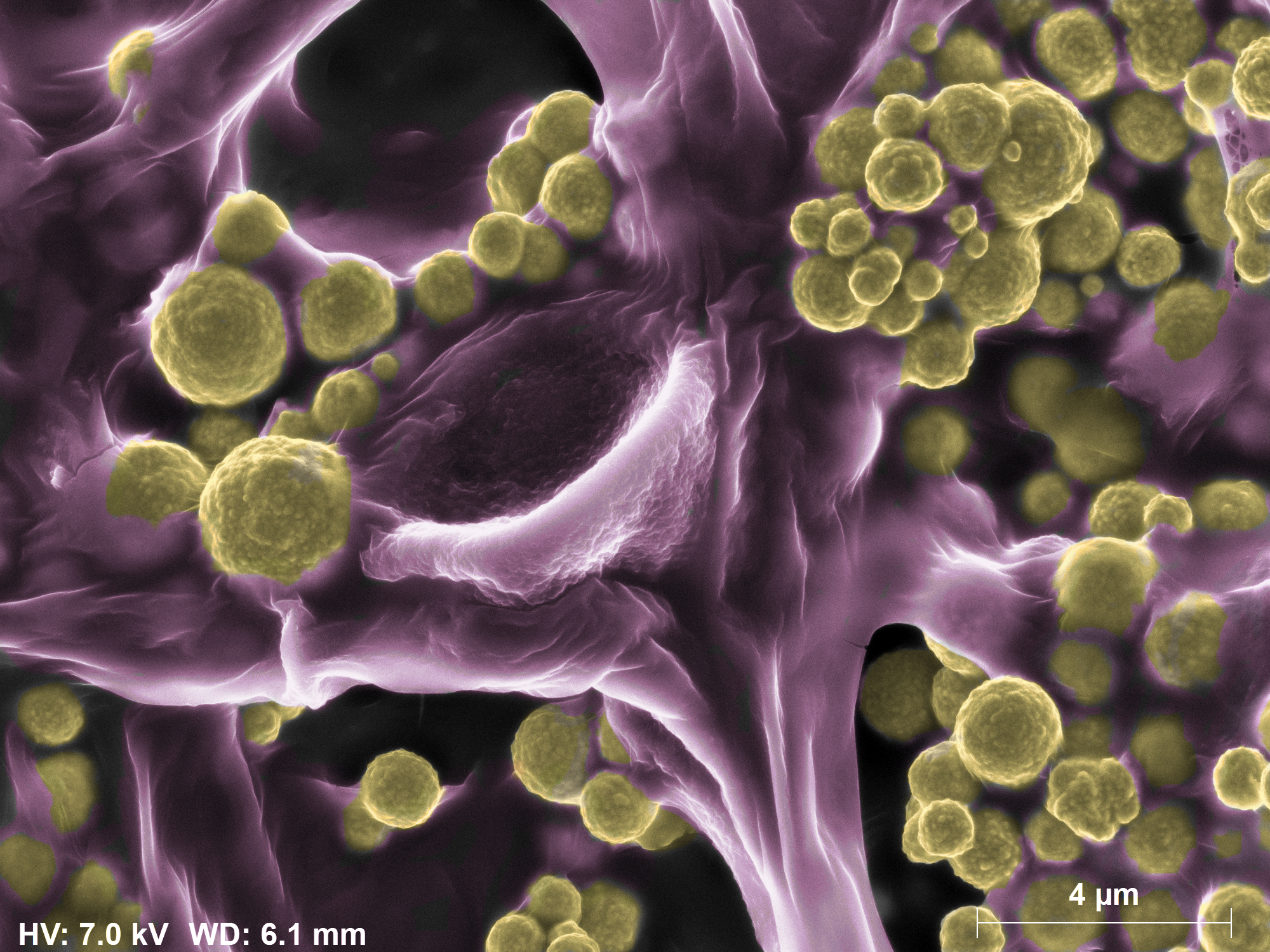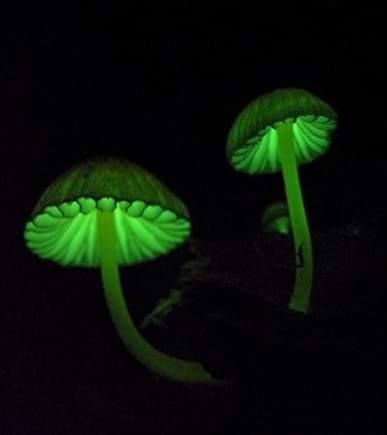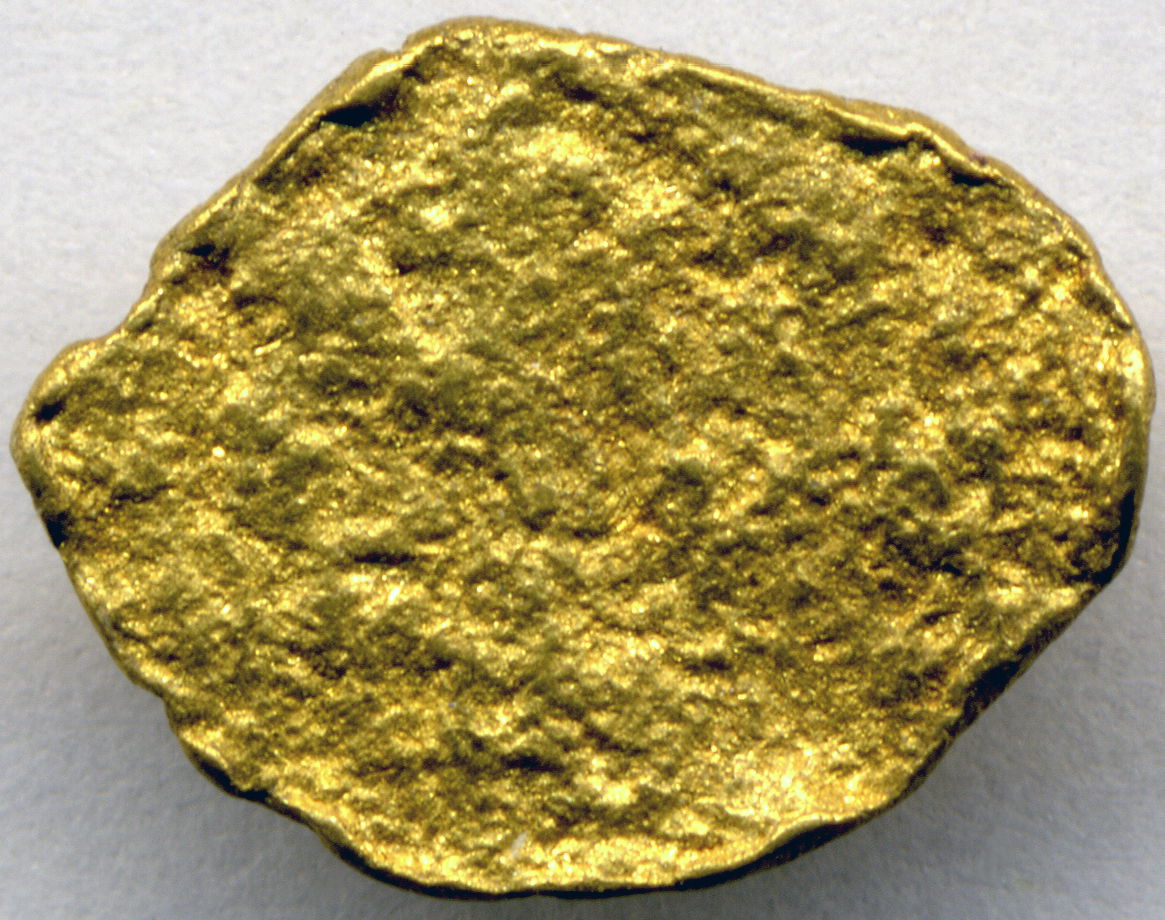GOLD MUSHROOMS
Gold is a rare and precious element that has been used for thousands of years in jewelry and industry. However, it is interesting to note that gold is not only found in mines, but also in certain living organisms, especially fungi. In this talk, we will explore the presence of gold in fungi and its importance to our environment.

I. The discovery of gold in mushrooms
The first discovery of gold in mushrooms was made in 1993 by a team of scientists in Australia. They found traces of gold in the fungus Hypocreopsis rhododendri which grows on the roots of the Cadagi tree. Since this discovery, other mushrooms have been studied to find out if they too contain significant amounts of gold.
II. The gold biomineralization process
Biomineralization is the process by which living organisms produce minerals. This process occurs naturally in certain fungi and microorganisms. In the case of gold, fungi use enzymes to extract gold ions from the soil and transform them into nanoparticles. These nanoparticles are then stored in the tissues of the fungus. This biomineralization process is very slow, which is why the amounts of gold in mushrooms are often very low.

III. The usefulness of mushrooms for the environment
Fungi are not only important for their ability to biomineralize gold, but also for their role in the environment. Fungi are decomposer organisms, which means they are able to break down dead organic matter such as fallen leaves from trees. They are also symbionts, meaning they participate in mutually beneficial relationships with other organisms such as plants. In exchange for nutrients, fungi provide plants with nutrients such as nitrogen and phosphorus.
IV. Potential Applications of Gold in Mushrooms
Although the amount of gold found in mushrooms remains small, it may be that mushrooms can be used to mine gold in the future. Current techniques for extracting gold from mines are expensive and often polluting. If scientists could find a way to extract the gold preserved in mushrooms on a large scale, it could reduce gold mining costs and minimize environmental impact.
It has long been known that telluric fungi play a major role in the degradation and recycling of organic matter (leaves, waste, etc.), as well as in the cycle of certain metals such as aluminium, iron, manganese or calcium.

"But since gold is the most inert metal, we were very surprised to find that the fungus could interact with it," said Tsing Bohu, the study's lead author.
The yellow metal is indeed very resistant to chemical oxidation. Solubilizing it requires both an oxidant and a ligand with a high affinity for gold ions such as cyanide, which is currently used to extract gold from ore.
The researchers analyzed different soil samples from an area called the "Golden Triangle" in Boddington Mine, Australia. In this deposit, gold is present in the form of nanoparticles, but in some places its concentration is much higher. They then noticed that these samples matched those where Fusarium oxysporum (more specifically the TA_pink 1 strain) was present.
They then conducted laboratory tests and found that the fungus was able to dissolve the gold particles in the rock and then precipitate them around its mycelium. "This process could contribute to the distribution of gold and other elements on the Earth's surface
In conclusion, the presence of gold in mushrooms is a fascinating phenomenon that scientists have been studying for decades. Although the amounts of gold found in mushrooms are often small, the biomineralization of gold by fungi offers exciting prospects for gold mining in the future. Also, fungi play an important role in the environment as decomposers and symbionts. Their continued study could lead to other discoveries on which our environment and our daily lives are based.


